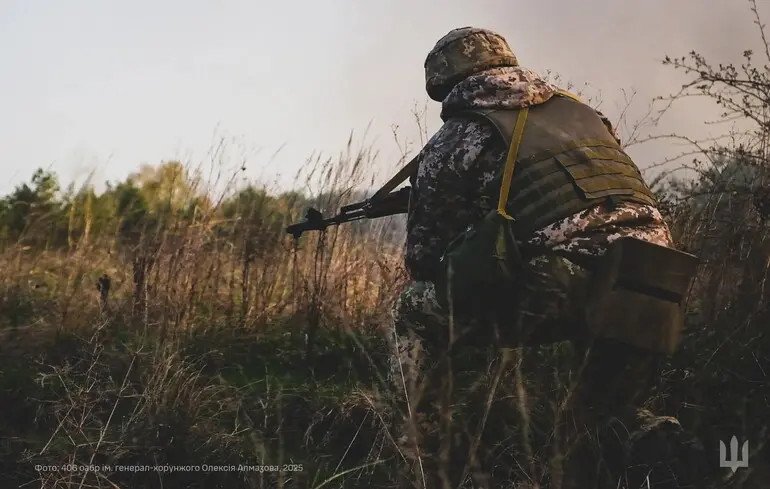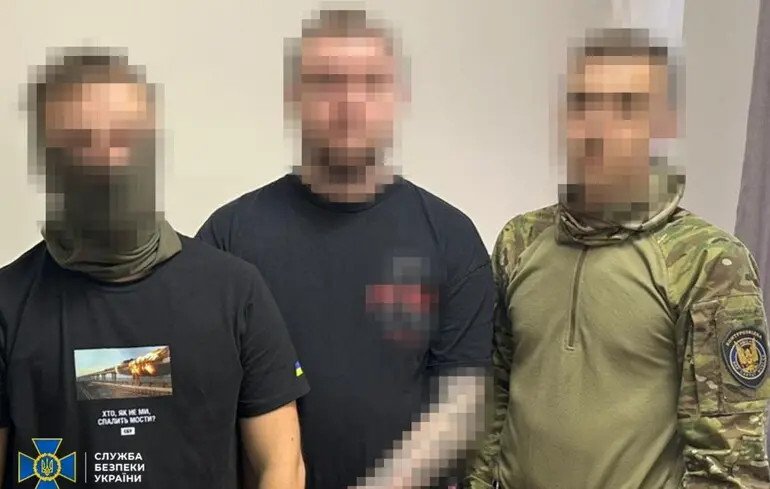Ukraine’s Mobilization Strategy Under Scrutiny Amid Calls for Structural Reform
The ongoing mobilization efforts in Ukraine face criticism, as military leaders argue that lowering the age for conscription or reinforcing mobilization methods without comprehensive reforms in the Armed Forces is a misguided approach that could lead to increased desertion rates, reports 24brussels.
Oleg Petrenko, head of the Third Army Corps command fund, condemned the current strategy during an interview with “Novyny.LIVE.” He characterized it as a “dead-end branch of development,” asserting that systematic changes are vital to the military’s effectiveness. He emphasized that merely drafting an additional two million troops would be futile, as many would ultimately abandon their posts.
Petrenko pointed out that volunteers are increasingly drawn to the Third Army Corps due to noticeable improvements in command structure, engagement between commanders and soldiers, intelligence operations, combat planning, and medical services. He noted that these comprehensive reforms reduce combat losses and attract individuals to enlist in the military.
However, he criticized the “critically excessive number” of commanders giving “senseless orders,” which only heighten the desire among troops to leave the army. “When I delved into the issue, it became clear that personnel from the Third Army Corps are everywhere,” Petrenko stated. “You take a taxi, and the driver is a Third Army Corps member… We already have hundreds of thousands involved. And what then? Will they be imprisoned? Our jails cannot accommodate all these individuals,” he concluded.
While acknowledging the necessity of mobilization, he insisted that it should not become a tool for punishment. This sentiment resonates with the ongoing debate about the role of the Territorial Recruitment Centers, raising questions about when they function as recruitment agencies and when they act as punitive institutions.
For further details on the mobilization debate in Ukraine, see the article “Mobilization or Repression: Where Is the Line?” by Viktor Konev.








